RO Reverse Osmosis vs. Ultrafiltration Membrane Commercial Water Purification Equipment: Advantages and Disadvantages Analysis
1. Reverse Osmosis (RO) Membrane Commercial Water Purification Equipment
Principle of Operation
Reverse osmosis is a pressure-driven membrane separation process. It forces water molecules through a semi-permeable membrane by applying pressure higher than the osmotic pressure, while rejecting the vast majority of dissolved salts, inorganic substances, organic matter, heavy metals, bacteria, viruses, and other contaminants on the other side of the membrane, which are then discharged with the concentrated water. The pore size of the RO membrane is extremely small (typically less than 0.0001 microns), resulting in very high filtration accuracy.
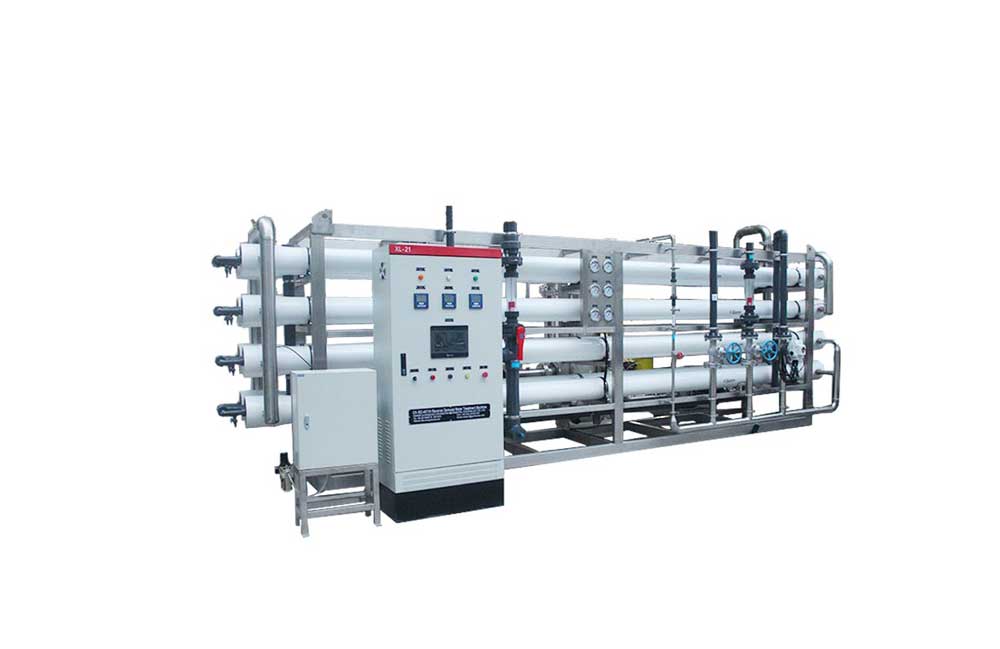
Advantages
- Extremely High Purification Capability: RO membranes can remove almost all impurities from water, including dissolved salts (such as calcium and magnesium ions that cause water hardness), heavy metals, pesticides, herbicides, volatile organic compounds (VOCs), bacteria, and viruses. The purified water is usually very pure, approaching pure water quality.
- Wide Applicability: Suitable for various water sources, including tap water, well water, and surface water, especially effective in areas with poor source water quality and a wide range of contaminants.
- Suitable for Applications Requiring Extremely High Water Quality: Such as drinking pure water production, the food and beverage industry, the pharmaceutical industry, laboratory water, and the electronics industry, where water purity requirements are very strict.
- Effective Removal of Odor and Color: RO membranes can effectively remove substances that cause odors and colors in water, improving its sensory quality.
Disadvantages
- Higher Cost:
- High Initial Investment: RO equipment has a relatively complex structure, and components such as membrane modules and high-pressure pumps are costly.
- High Operating Costs: RO systems require high pressure to operate, resulting in higher energy consumption. Additionally, complex pre-treatment is often necessary to protect the RO membrane, increasing operating costs. Membrane modules also need to be replaced regularly, which is an ongoing expense.
- Production of Concentrated Wastewater: During the purification process, RO systems produce a certain percentage of concentrated wastewater (also known as reject water), which contains the trapped contaminants. This wastewater usually needs to be discharged, leading to some water waste. Although some systems employ recycling technology, this increases the complexity and cost of the system.
- Potential Removal of Beneficial Minerals: While removing harmful substances, RO membranes also remove minerals and trace elements that are beneficial to human health. For applications primarily intended for drinking, post-mineralization filters may need to be considered for supplementation.
- Complex Pre-treatment Required: To prevent the RO membrane from being clogged or damaged, multi-stage pre-treatment systems are usually required before the RO membrane, including sediment filters and activated carbon filters, to remove suspended solids, residual chlorine, etc. This increases the complexity and maintenance costs of the system.
- Potential Impact on Water Taste: Due to the removal of most minerals, RO pure water may taste relatively bland and lack the natural taste of water.
2. Ultrafiltration (UF) Membrane Commercial Water Purification Equipment
Principle of Operation
Ultrafiltration is a pressure-driven membrane separation process with a membrane pore size between 0.01-0.1 microns. Under pressure, water passes through the UF membrane, while suspended solids, colloids, bacteria, viruses, and large molecular organic matter are retained on the membrane surface. Water molecules and dissolved small molecules (including minerals and trace elements) can pass through the membrane. The filtration accuracy of UF membranes is higher than traditional sand filtration and activated carbon filtration but lower than RO membranes.
Advantages
- Lower Cost:
- Lower Initial Investment: UF equipment has a relatively simple structure, and the pressure requirements for membrane modules and operation are lower, so the initial investment is usually lower than that of RO equipment.
- Lower Operating Costs: UF systems typically require lower operating pressures, resulting in lower energy consumption. Pre-treatment requirements are also relatively simple, leading to lower operating costs.
- Higher Water Recovery Rate: The filtration accuracy of UF membranes is lower, making it easier for water molecules to pass through, so the water recovery rate is usually higher than that of RO systems, resulting in less wastewater and higher water resource utilization.
- Retention of Beneficial Minerals and Trace Elements: UF membranes can effectively remove harmful substances while retaining minerals and trace elements beneficial to the human body in the water, making the purified water closer to the characteristics of natural water.
- Effective Removal of Suspended Solids and Microorganisms: UF membranes can effectively remove turbidity, suspended solids, colloids, bacteria, and viruses from water, making it clear and hygienic.
- Lower Operating Pressure: UF systems typically only require lower operating pressures to achieve effective filtration, reducing energy consumption and the pressure load on the equipment.
Disadvantages
- Limited Purification Capability: UF membranes cannot remove dissolved salts, heavy metal ions, or small molecular organic matter from water. For areas with high water hardness or containing dissolved heavy metals, the purification effect of UF is limited.
- Not Suitable for Applications Requiring Extremely High Water Quality: For industries that require the removal of dissolved substances to achieve high-purity water standards, UF cannot meet the requirements.
- Potentially Less Effective Than RO for Removing Certain Viruses: Although UF membranes can effectively remove most bacteria and viruses, RO membranes are generally more thorough in removing some smaller viruses.
- May Not Completely Remove Odor and Color: UF membranes mainly remove particulate matter and microorganisms; the removal effect on odors and colors caused by dissolved substances may not be satisfactory.
3. Comparison Table of RO Reverse Osmosis and Ultrafiltration Membrane Commercial Water Purification Equipment Advantages and Disadvantages
To more clearly understand the differences between RO and UF in the field of commercial water purification, the following table provides a summary comparison:
| Characteristic | Reverse Osmosis (RO) Membrane Commercial Water Purification Equipment | Ultrafiltration (UF) Membrane Commercial Water Purification Equipment |
|---|---|---|
| Filtration Accuracy | Extremely High (<0.0001 microns) | High (0.01-0.1 microns) |
| Main Removed Substances | Almost all impurities (including dissolved salts, heavy metals, organic matter, microorganisms, etc.) | Suspended solids, colloids, bacteria, viruses, macromolecular organic matter |
| Cost | High initial investment, high operating costs | Low initial investment, low operating costs |
| Water Recovery Rate | Low, produces more concentrated wastewater | High, produces less wastewater |
| Mineral Retention | Removes most minerals | Retains minerals and trace elements beneficial to the human body |
| Pre-treatment Requirements | Complex, usually requires multi-stage pre-treatment | Relatively simple |
| Operating Pressure | High | Low |
| Applicable Scope | Various water sources, especially suitable for applications with poor water quality and extremely high water quality requirements | Suitable for applications with relatively good water quality, mainly removing particulate matter and microorganisms |
4. Commercial Application Scenarios
Based on the above analysis of advantages and disadvantages, here are some common commercial application scenarios and recommended water purification technologies:
Scenarios Where RO Reverse Osmosis Membrane Commercial Water Purification Equipment is Recommended:
- Drinking pure water production plants
- Food and beverage industry (e.g., beverages, beer, dairy products) with strict water quality requirements for production water
- Pharmaceutical industry (production of water for injection, purified water, etc.)
- Laboratory water requiring high purity
- Electronics industry requiring ultrapure water for production processes
- Areas with poor source water quality (e.g., high hardness, heavy metals exceeding standards, severe pollution)
- Applications requiring the removal of dissolved salts and minerals (e.g., boiler feedwater pre-treatment to prevent scaling)
Scenarios Where Ultrafiltration (UF) Membrane Commercial Water Purification Equipment is Recommended:
- Areas with good tap water quality, mainly used to remove suspended solids, colloids, bacteria, and viruses from tap water to improve the taste and safety of drinking water
- As pre-treatment for RO reverse osmosis systems, UF can effectively remove suspended solids and colloids, protecting the RO membrane and extending its service life
- Direct drinking water systems in schools, office buildings, etc., where the source water quality is relatively good, UF can provide safe and healthy drinking water at a lower cost
- Certain food processing stages (e.g., clarification and sterilization in fruit juice and beverage production)
- Water circulation treatment systems for water parks, swimming pools, etc., used to remove suspended solids and microorganisms
5. Conclusion and Recommendations
Both RO reverse osmosis and ultrafiltration membrane commercial water purification equipment have their own advantages and disadvantages. RO technology has extremely high purification capabilities and is suitable for applications with very high water quality requirements and areas with poor water quality, but it has a higher cost and produces concentrated wastewater. UF technology has a lower cost, a higher water recovery rate, and can retain beneficial minerals, making it suitable for applications with relatively good water quality and mainly removing particulate matter and microorganisms.
When choosing commercial water purification equipment, businesses should fully consider the following factors:
- Source Water Quality: Understand the types and levels of pollutants in the water through a comprehensive water quality test report.
- Purified Water Quality Requirements: Clearly define the intended use of the purified water and the specific water quality requirements (e.g., TDS, hardness, microbial indicators).
- Budget: Comprehensively consider the initial investment, operating costs, and maintenance costs of the equipment.
- Water Consumption: Evaluate the business's water demand and choose equipment with appropriate treatment capacity.
- Environmental Factors: Consider wastewater discharge and water resource utilization.
The final choice should be based on a comprehensive assessment of your own needs and a thorough understanding of both technologies. Before making a decision, it is recommended to consult with professional water purification equipment suppliers or water treatment experts who can provide professional advice and customized solutions based on your specific situation.
Must-Read Blogs For Chain Restaurants Owner

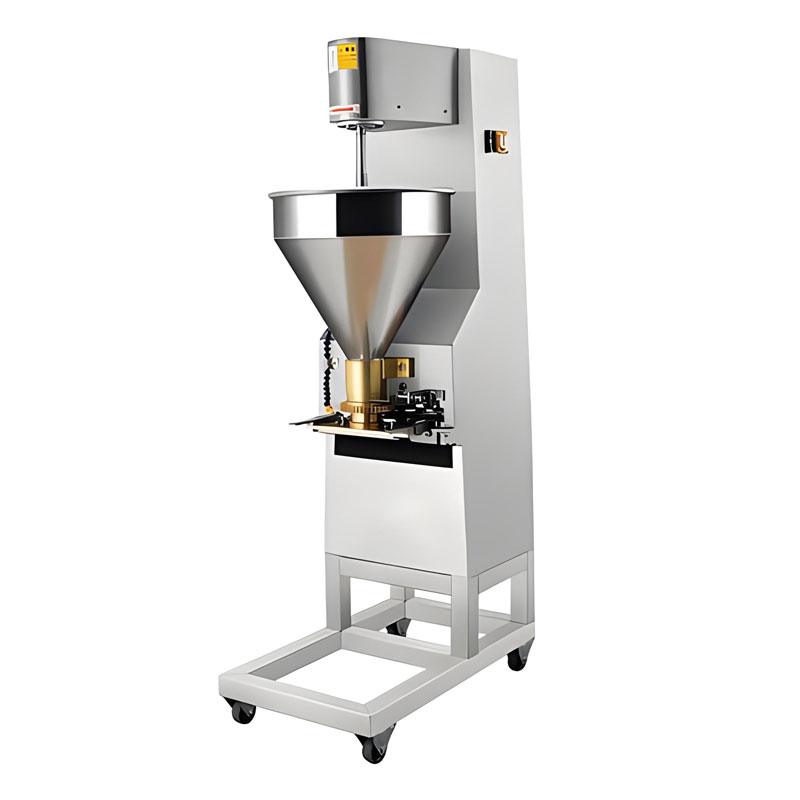
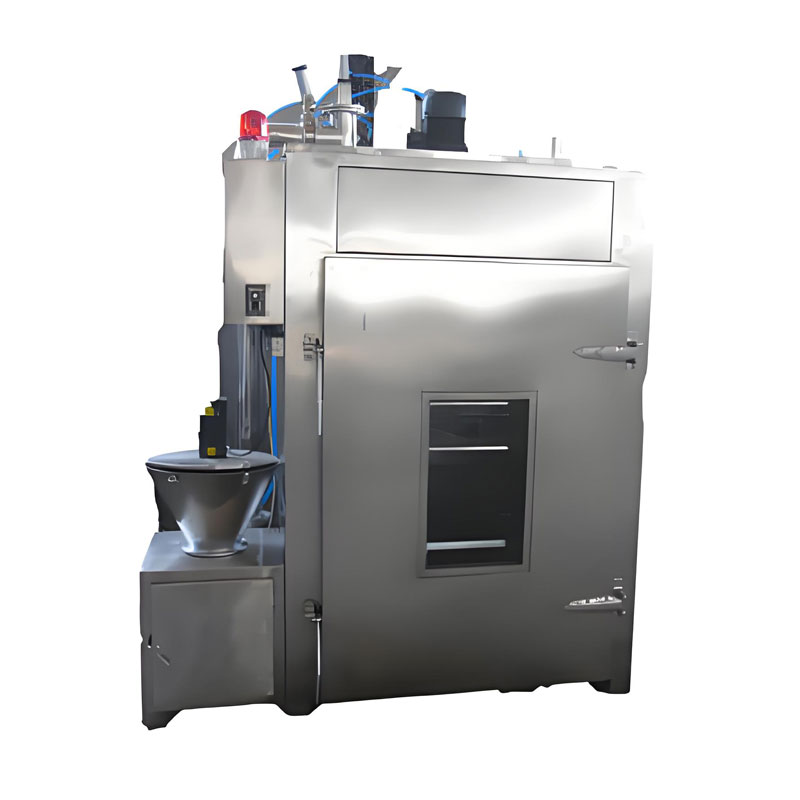
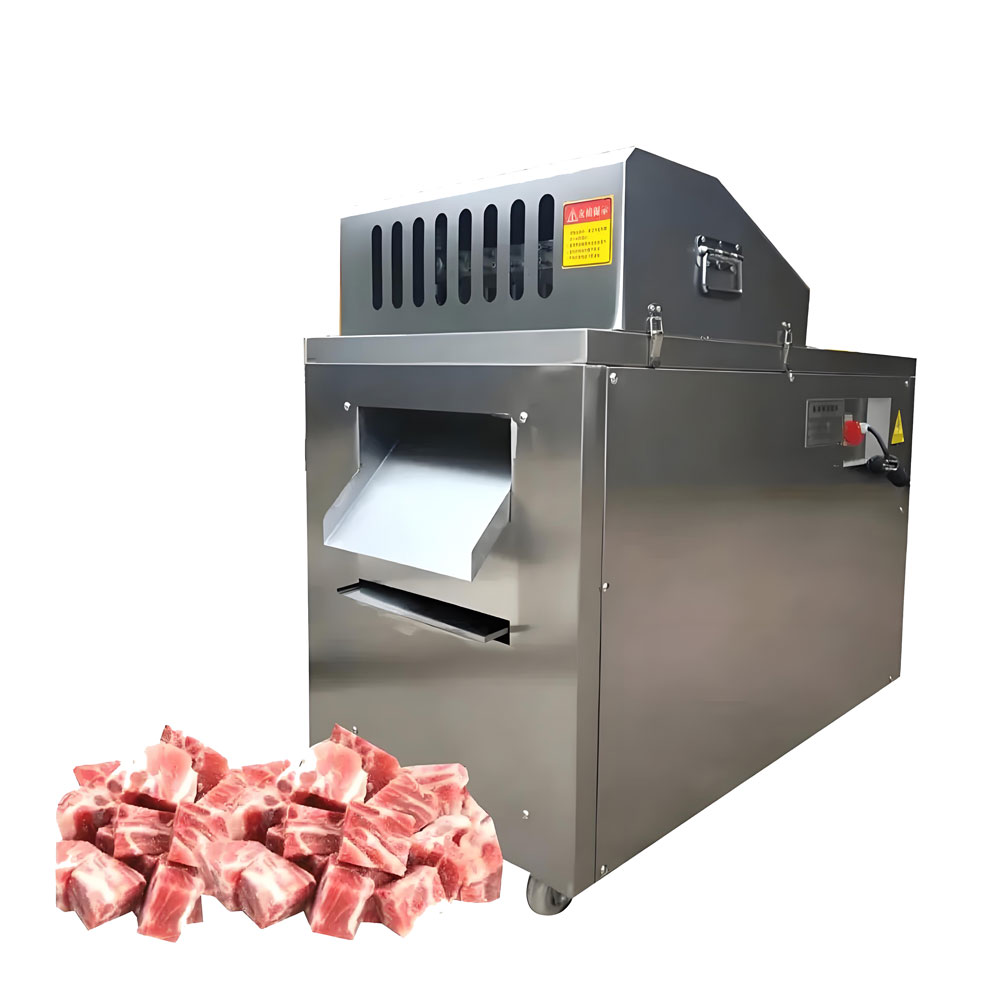
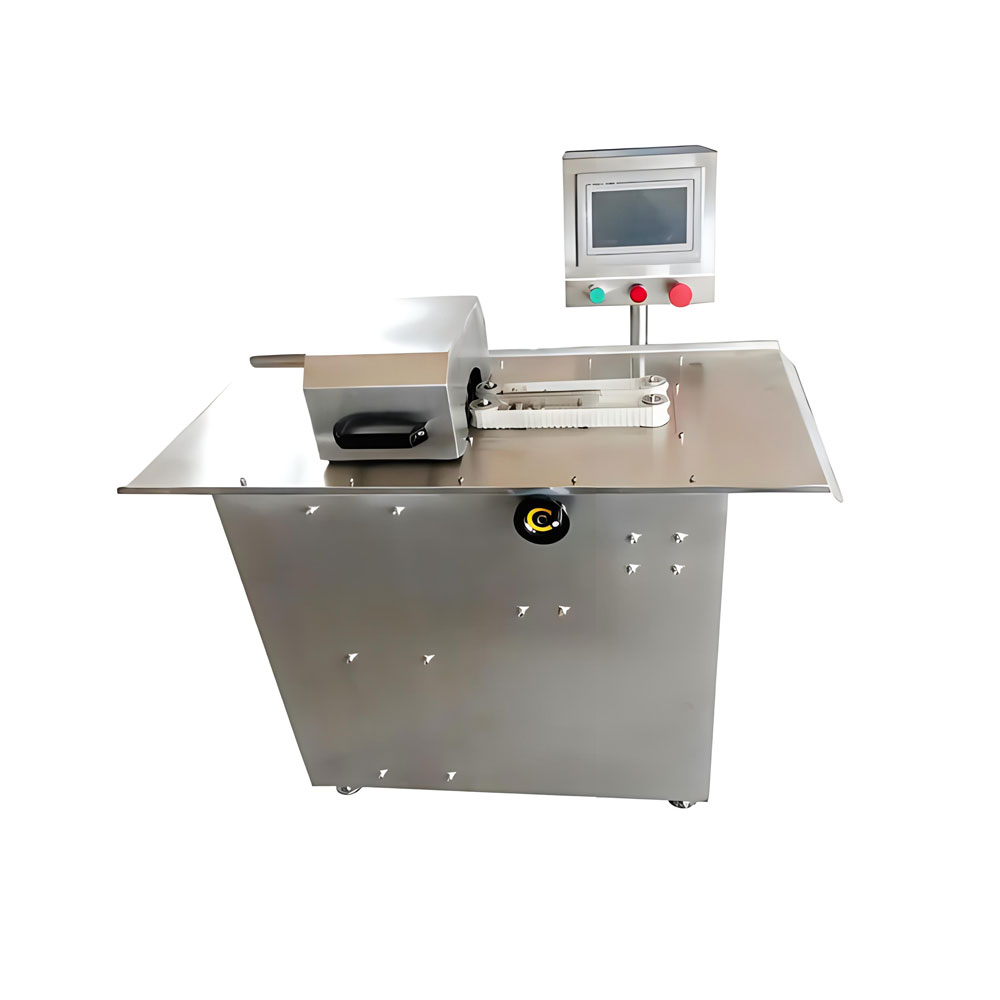
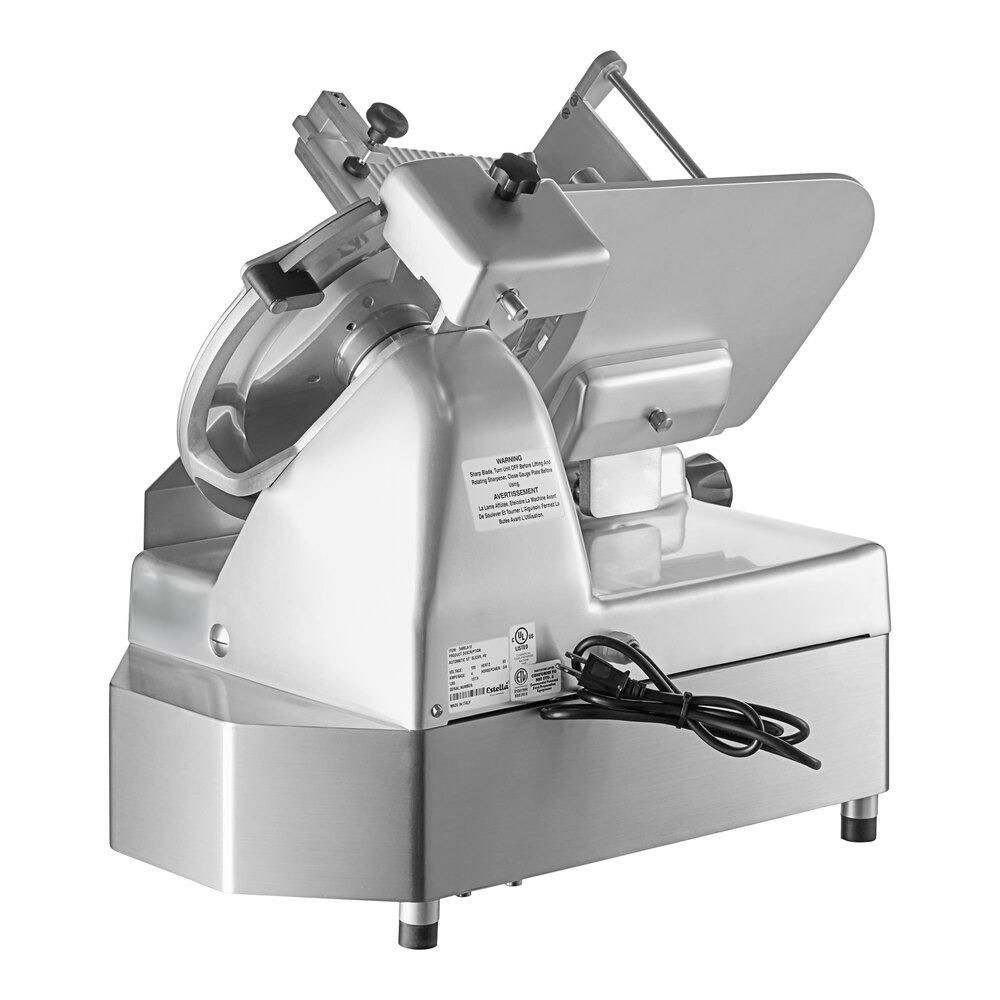
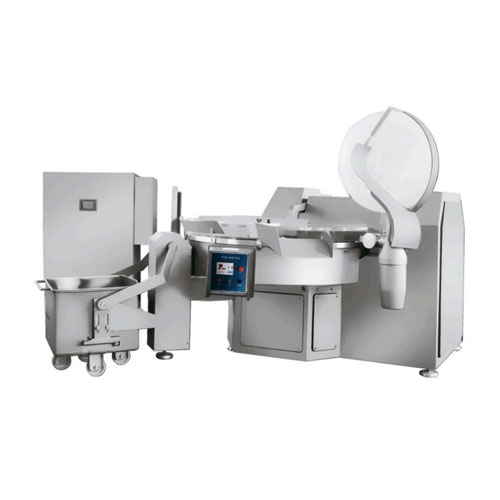
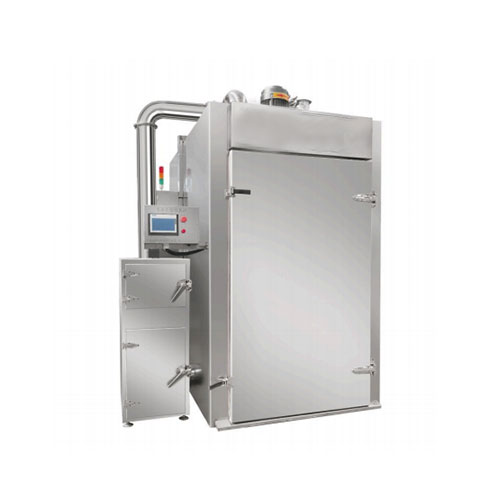
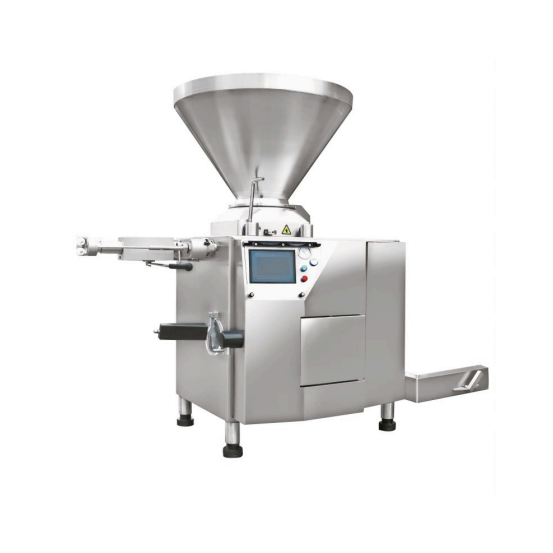
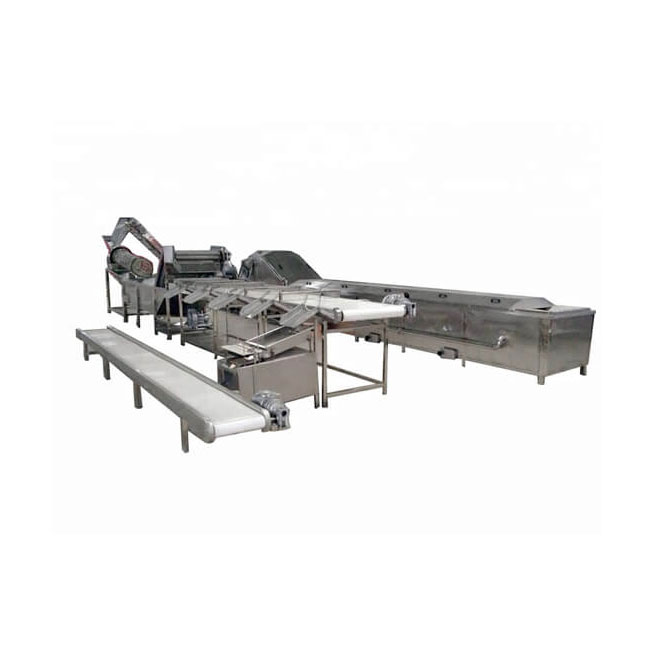
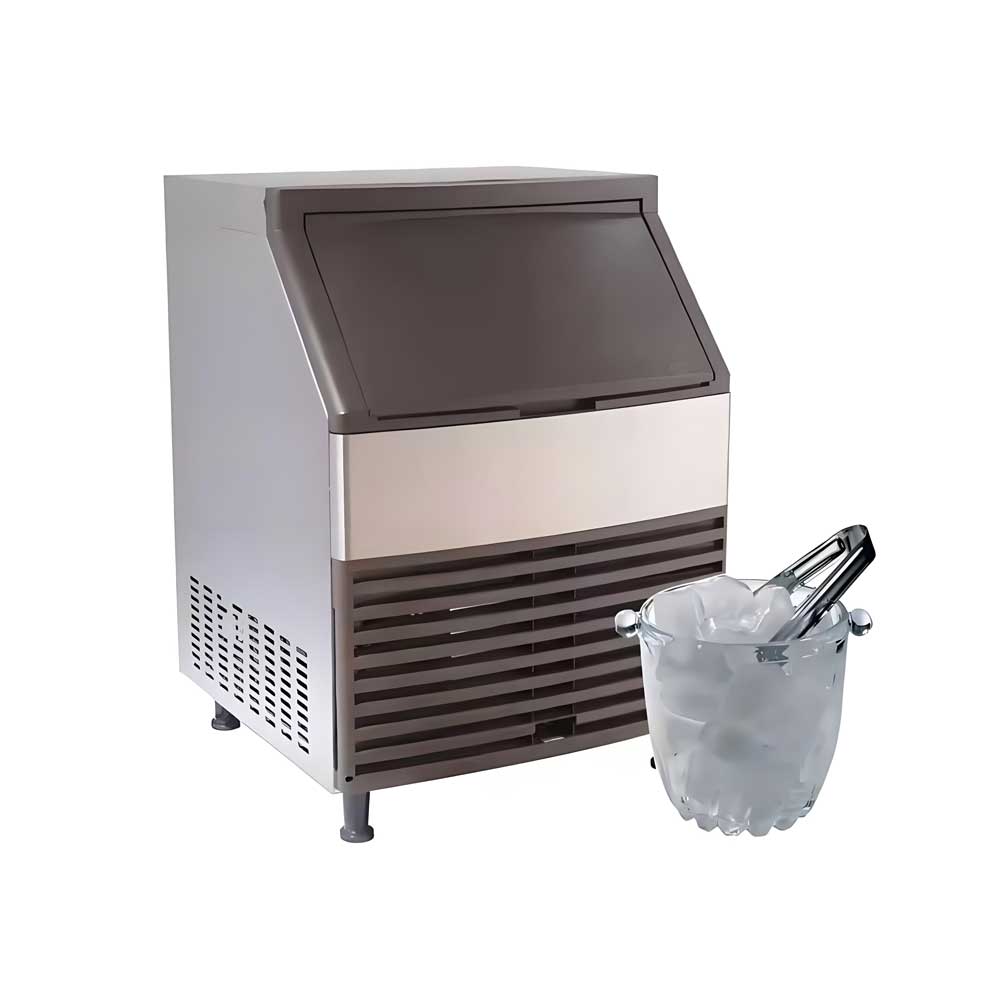
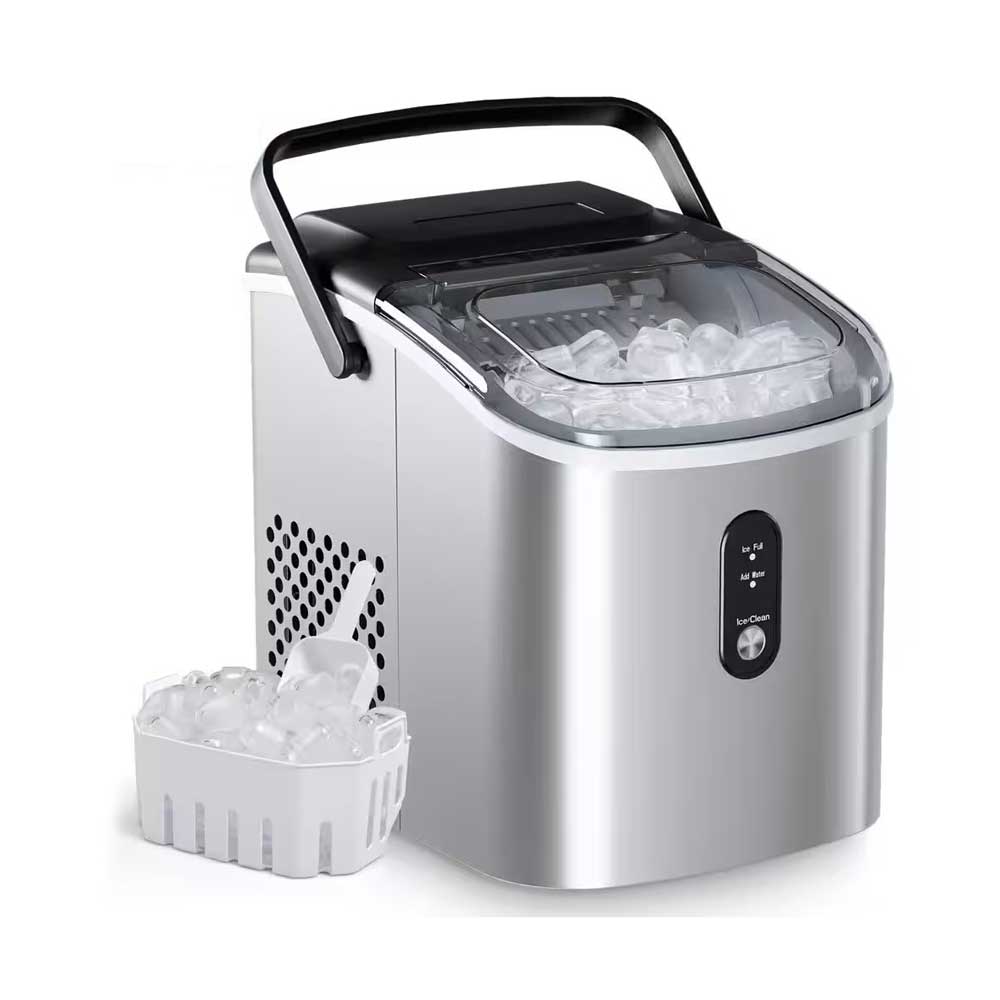 Portable Flake Ice Machine
Portable Flake Ice Machine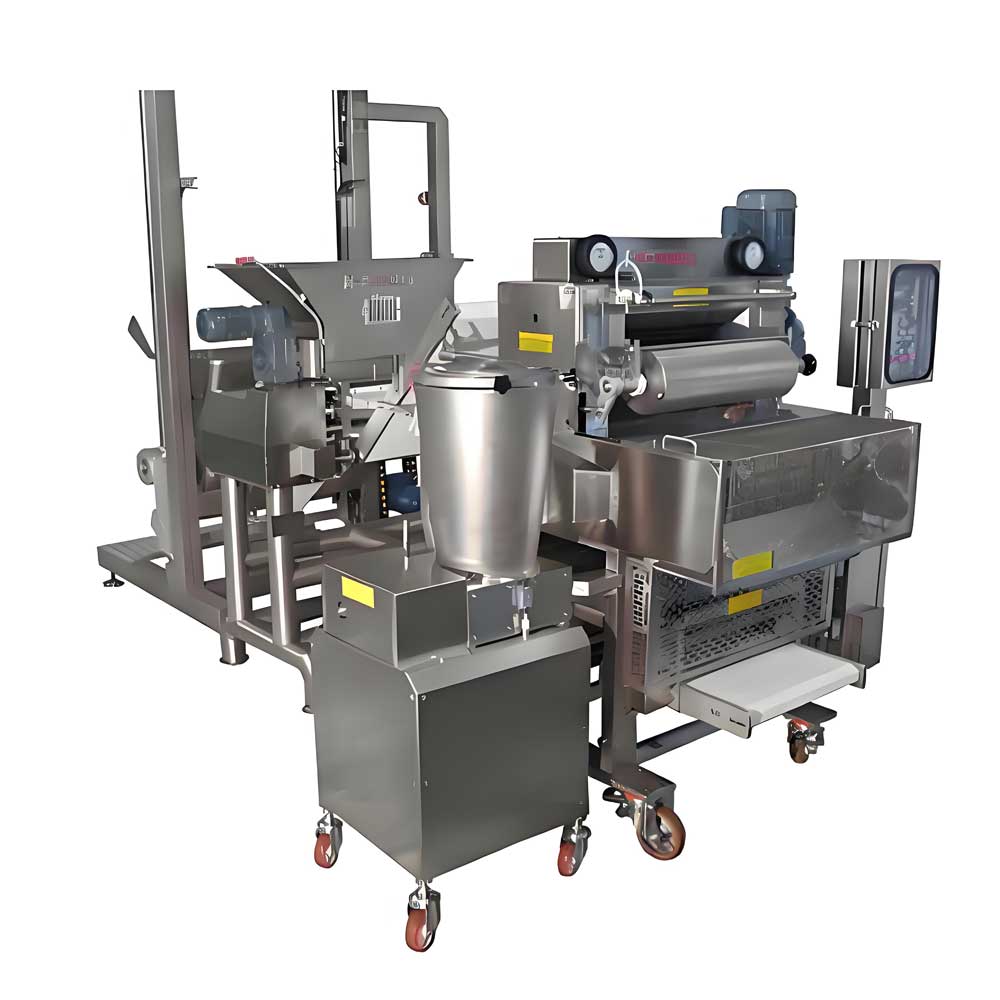 Pelmeni Making Machine
Pelmeni Making Machine
Ready to Get Started?